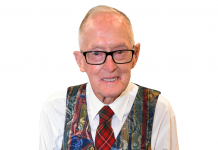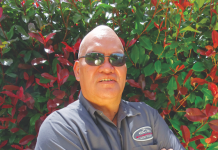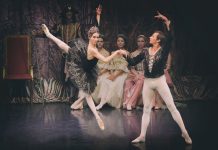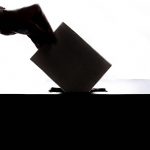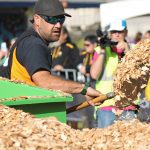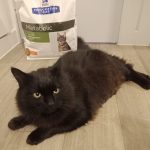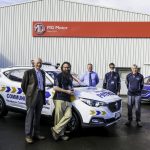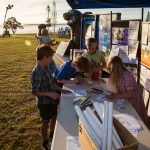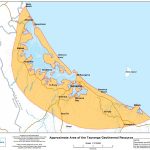There has been a lot of talk about Kauri Dieback in the media recently. The closing of tracks in the Waitakere Ranges, and the fear of Tāne Mahuta being sick in Waipoua Forest. Kauri Dieback is real.
It is in Northland, Auckland, and the Coromandel. Kauri of Kaimai Mamaku Conservation Park currently have no identifiable symptoms of Kauri Dieback. I write this reflection in the hope other’s might learn the significance of the Kauri.
Looking over the valley I see Kauri stretched out against the sky like the legs of Tāne-Mahuta as he pushed and separated Papatūānuku (Mother Earth) and Ranginui (Sky), allowing light into the world. Eagerly I walk the short track to Tuahu Kauri, needing to get back to the place that offers me strength and support in my life’s journey. That quiet space where I have contemplated many thoughts, and decisions. Today I have come to listen to remember. Today it is my friend who needs me. In this moment, as I lie here looking up into your branches, time stands still.
For over 20 years I have made the short walk to visit this Rākau Rangatira (chiefly tree) who has stood proud for hundreds of years.
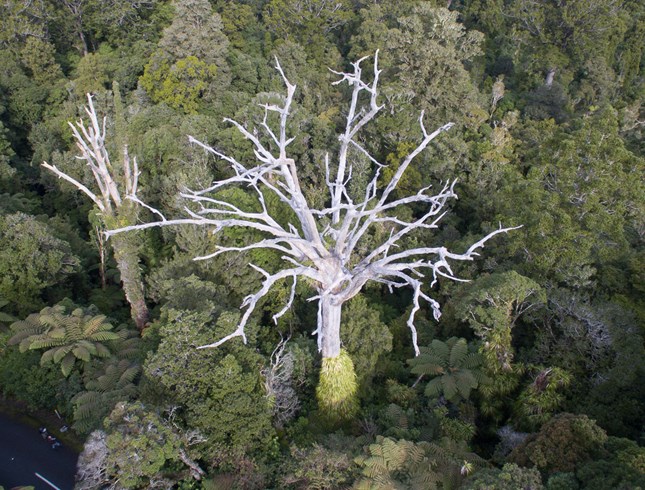
Your leaves are unchanged, but the world around you has transformed. The track is now different. Many of your whānau (family) are sick from Kauri Dieback, and we need to help you. The decking I lie on is different, an attempt to protect you from a sickness with no cure. I’m grateful you’re still here. I continue to drift into the gaping canopy. I think of what Kauri is to me, I wonder about time unwritten.
As I close my eyes I hear the faint giggling of children, people talking as they move past. A chisel tapping in the distance echoing through time. Tap, tap, tap, the song of a chisel carving, stories of hunters, warriors and people who remain part of this land.
I can hear the hollow drumming of carving; a pou (post), and a Waka (canoe) displaying the mana of those who call the Kaimai home. My thoughts meander from the mountains to the sea to my son who has tasted the salt air of his tūpuna, learning ancient traditions of navigation on board a waka hourua (double-hulled canoe).
I glance across to the stories written across my shoulders knowing that kauri soot was an ingredient for the pigments of tā moko (Māori tattoos). I watch as tui come and go, listening for their song. Instead I hear a distant call, an echo whispering through time. The call is getting louder. Beware, be ready. It whispers to me. Something is coming, something is not right.
Again, the Pūkāea (trumpet) sounds be aware, be alert. The call to battle is loud and sharp the trumpet sounds the wero (challenge) of the Kauri stand-up be alert. It’s the cry of the kauri help me protect me keep me safe.
As I lie here under your branches, I realise from the time Tāne Mahuta separated his parents, the identity of tangata whenua (people of the land) from the Kaimai north are intrinsically linked to the Kauri. If the Kauri falls to Kauri Dieback, who will we be?
By Gavin Smith Kaitiaki Manutataki – Iwi Engagement Ranger Department of Conservation, Tauranga www.kauridieback.co.nz
“I write for this magazine to share my passion for conservation and the protection of Kauri.”












